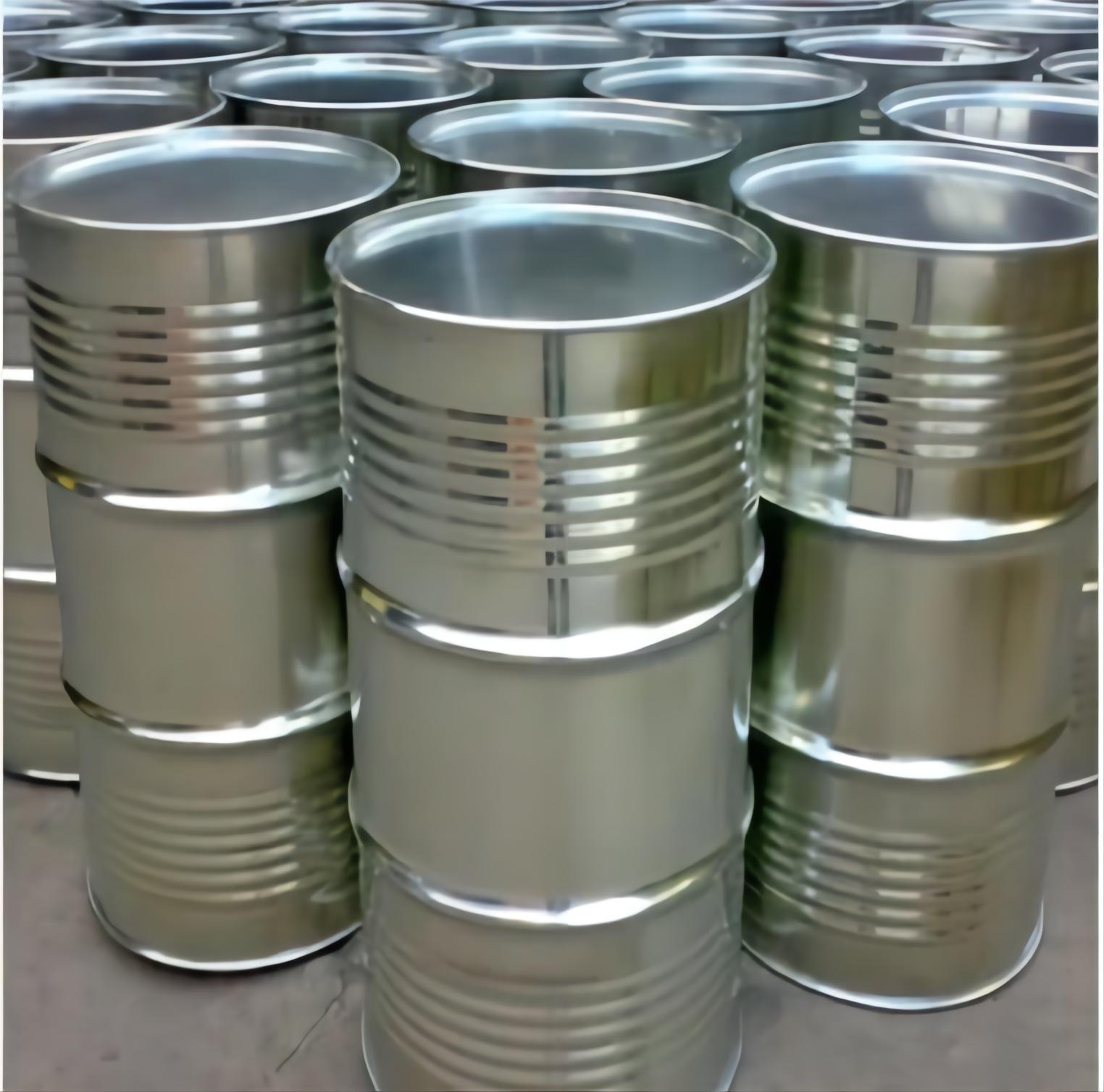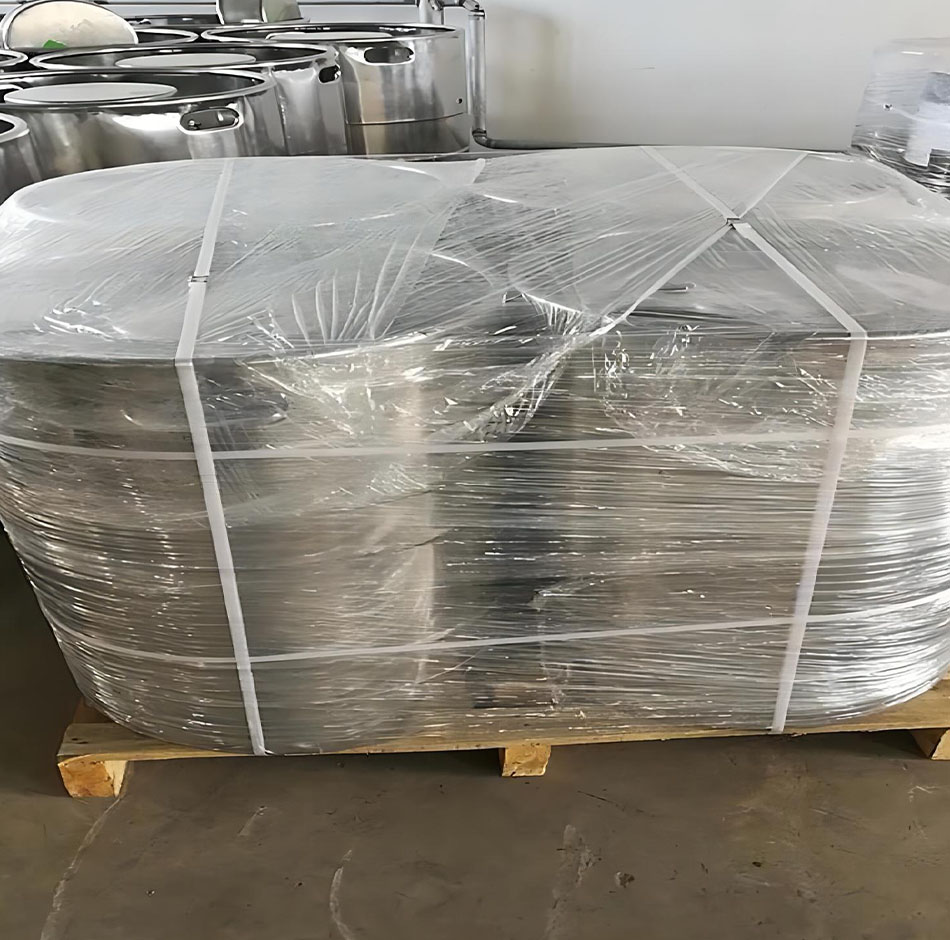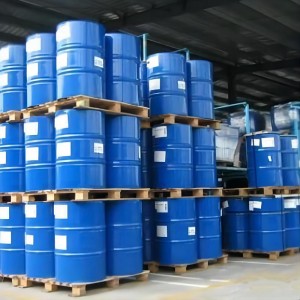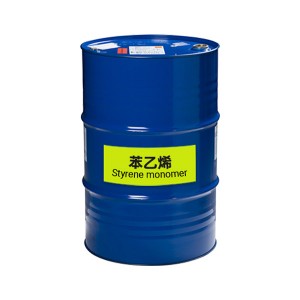
Products
Acrylonitrile for polyacrylonitrile
Acrylonitrile for polyacrylonitrile,
Acrylonitrile For PAN, Acrylonitrile for polyacrylonitrile fiber, Acrylonitrile Used In Carbon Fiber,
Product Features
|
Product Name |
Acrylonitrile |
|
Other Name |
2-Propenenitrile, Acrylonitrile |
|
Molecular Formula |
C3H3N |
|
CAS No |
107-13-1 |
|
EINECS No |
203-466-5 |
|
UN NO |
1093 |
|
Hs Code |
292610000 |
|
Molecular weight |
53.1 g/mol |
|
Density |
0.81 g/cm3 at 25℃ |
|
Boiling point |
77.3℃ |
|
Melting point |
-82℃ |
|
Vapor pressure |
100 torr at 23℃ |
|
Solubility Soluble in isopropanol, ethanol, ether,acetone, and benzene Conversion factor |
1 ppm = 2.17 mg/m3 at 25 ℃ |
|
Purity |
99.5% |
|
Appearance |
Colorless transparent liquid |
|
Application |
Used in the manufacture of polyacrylonitrile, nitrile rubber, dyes, synthetic resins |
Certificate of Analysis
|
Test |
Item |
Standard Result |
|
Appearance |
Colorless transparent liquid |
|
|
Color APHA Pt-Co :≤ |
5 |
5 |
|
acidity(acetic acid)mg/kg ≤ |
20 |
5 |
|
PH(5% aqueous solution ) |
6.0-8.0 |
6.8 |
|
Titration value (5% aqueous solution ) ≤ |
2 |
0.1 |
|
Water |
0.2-0.45 |
0.37 |
|
Aldehydes value(acetaldehyde)(mg/kg) ≤ |
30 |
1 |
|
Cyanogens value (HCN) ≤ |
5 |
2 |
|
Peroxide(hydrogen peroxide)(mg/kg) ≤ |
0.2 |
0.16 |
|
Fe (mg/kg) ≤ |
0.1 |
0.02 |
|
Cu (mg/kg) ≤ |
0.1 |
0.01 |
|
Acrolein (mg/kg) ≤ |
10 |
2 |
|
Acetone ≤ |
80 |
8 |
|
Acetonitrile (mg/kg) ≤ |
150 |
5 |
|
Propionitrile (mg/kg) ≤ |
100 |
2 |
|
Oxazole (mg/kg) ≤ |
200 |
7 |
|
Methylacrylonitrile (mg/kg) ≤ |
300 |
62 |
|
Acrylonitrile Content(mg/kg) ≥ |
99.5 |
99.7 |
|
Boiling range (at 0.10133MPa),℃ |
74.5-79.0 |
75.8-77.1 |
|
Polymerization inhibitor (mg/kg) |
35-45 |
38 |
|
Conclusion |
The results conform with enterprise stand |
|
Package and Delivery


Product Application
Acrylonitrile is produced commercially by propylene ammoxidation, in which propylene,ammonia, and air are reacted by catalyst in a fluidized bed. Acrylonitrile is used primarily as a co-monomer in the production of acrylic and modacrylic fibers. Uses include the production of plastics, surface coatings, nitrile elastomers, barrier resins, and adhesives. It is also a chemical intermediate in the synthesis of various antioxidants, pharmaceuticals, dyes, and surface-active.
1. Acrylonitrile made of polyacrylonitrile fiber, namely acrylic fiber.
2. Acrylonitrile and butadiene can be copolymerized to produce nitrile rubber.
3. Acrylonitrile, butadiene, styrene copolymerized to prepare ABS resin.
4. Acrylonitrile hydrolysis can produce acrylamide, acrylic acid and its esters.
The vast majority of the world’s carbon fiber is derived from PAN made using an ACN monomer of propylene and ammonia. ACN is polymerized into PAN by combining it with plasticized acrylic comonomers and a catalyst. This entire chemical production and conversion process is complex, expensive and energy-intensive. Further, producing 1 kilogram of carbon fiber requires 2 kilograms of PAN, which gives PAN a conversion rate of just 50% — and a relatively large greenhouse gas footprint.





